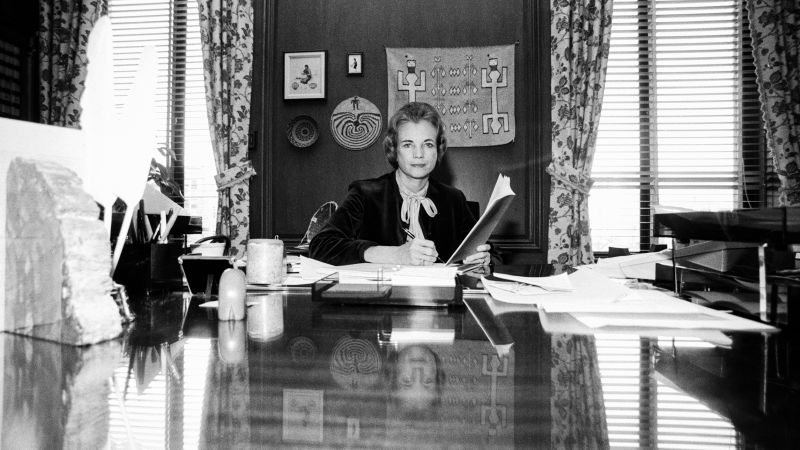The newly opened papers of the late Justice Sandra Day O’Connor reveal the internal deliberations of a groundbreaking Supreme Court case that gave US regulators significant latitude to protect the environment and public health – and show how the ruling almost never happened.
The 40-year-old milestone, Chevron USA v. Natural Resources Defense Council, has become a target of the current Supreme Court and appears likely to be rolled back in a pair of pending cases this term.
“Chevron deference,” as it is commonly called, generally requires judges to accept federal agencies’ interpretations of open-ended or vaguely worded statutes regarding their mandates. Conservative critics, including Justice Neil Gorsuch, believe it has led to excessive regulation of American business by executive branch agencies. Defenders of regulatory power, including the court’s three liberals, counter that agencies – with their focused expertise – are needed to safeguard public health and welfare.
More broadly, O’Connor’s contemporaneous notes now open at the Library of Congress offer a view into how nine justices communicate in private, revealing personal predilections and some exasperation as they negotiate against looming deadlines.
In the Chevron case, testing the protections of the Clean Air Act, the papers reveal an overall tentativeness among justices as they struggled with statutory intricacies and worked toward compromise while teetering on the loss of a quorum (only six of the nine justices were on the final tally).
Yet Chevron v. NRDC became a seminal opinion, cited in lower court opinions and law review articles more than just about any other case.
O’Connor’s archive reveals its tenuous beginnings.
“It shows the case came very, very…
Read the full article here





